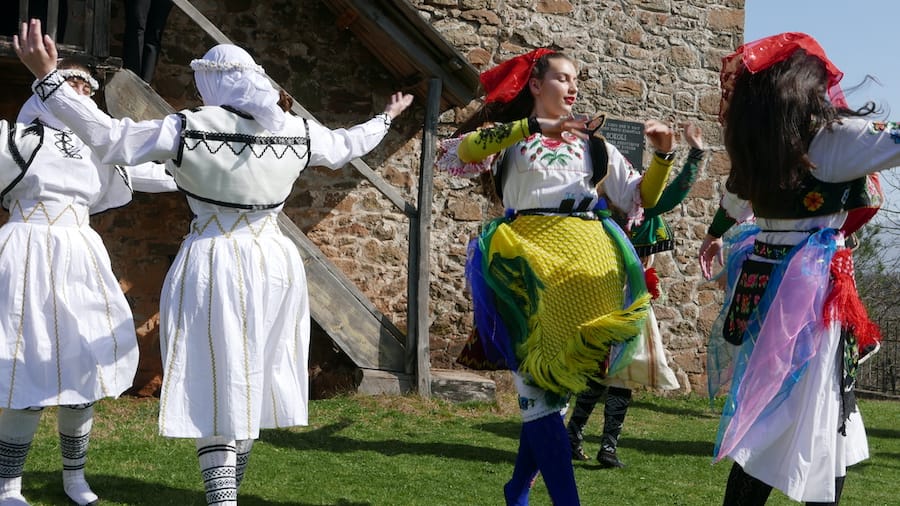About Albania
Albania is an enchanting travel destination that offers a diverse array of experiences for every kind of traveler. With its sandy Adriatic beaches, Ionian shores, stunning lakes, lush valleys, and towering snowy peaks, the country’s varied landscapes are a true highlight. Rich in ancient history, Albania features archaeological parks, grand castles, and cities with unique architecture.
Situated in the Balkan Peninsula, Albania provides access to major European markets and enjoys a Mediterranean climate with cold and mild winters and hot summers. Covering an area of 28,748 km² and home to approximately 2.8 million residents, Albania uses the Lekë (ALL) as its currency and Albanian as its official language.
The Albanian Alps are widely regarded as the jewel of northern Albania, renowned for its mountain tourism. This region features the pristine ecosystems of Valbona Valley, Theth National Park, Gashi River, and Kelmend’s Mountains. Home to Albania’s towering summits, including the breathtaking 2,694-meter Jezerca, this rugged landscape offers comfortable lodging options like cozy hotels and welcoming village homes.
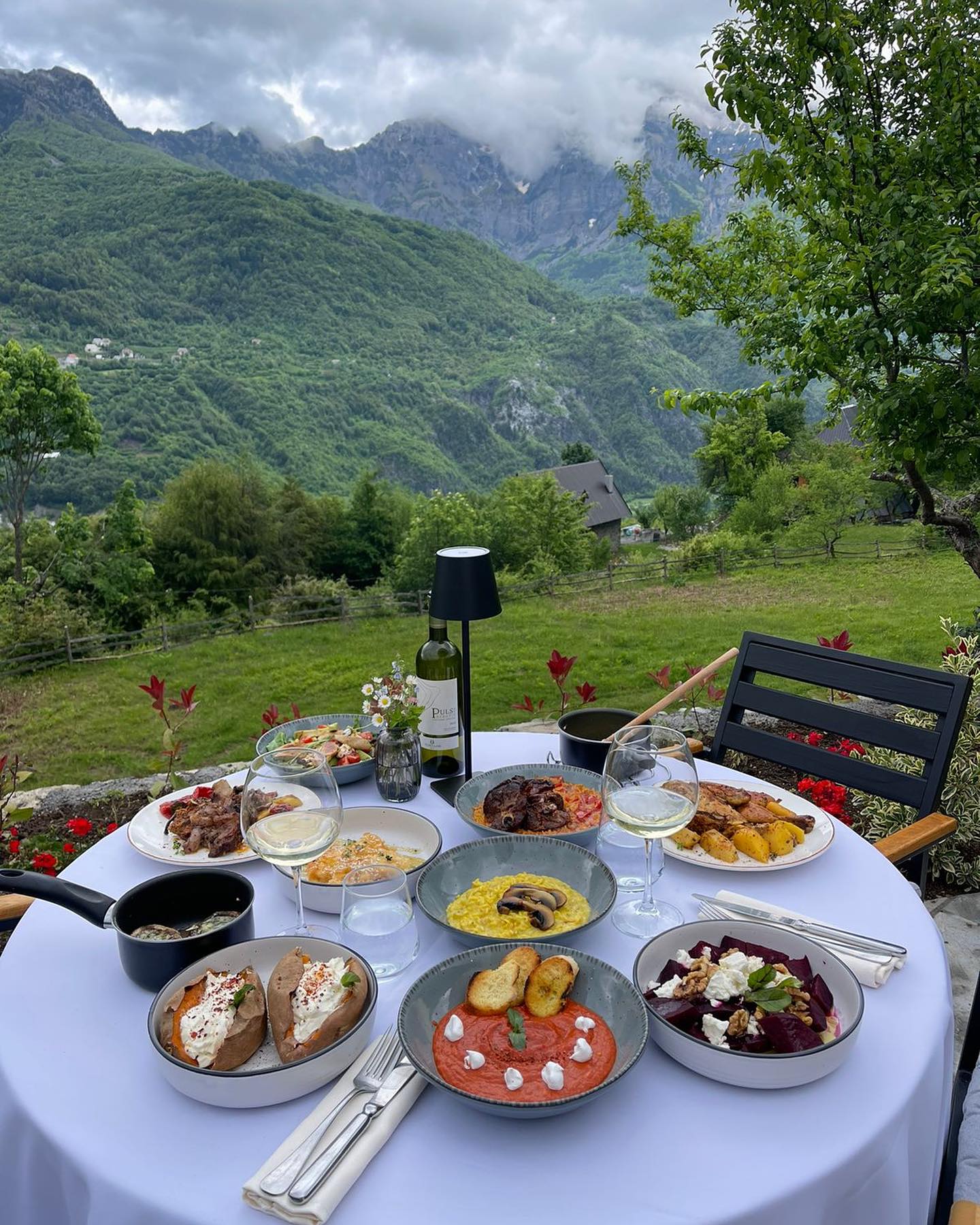
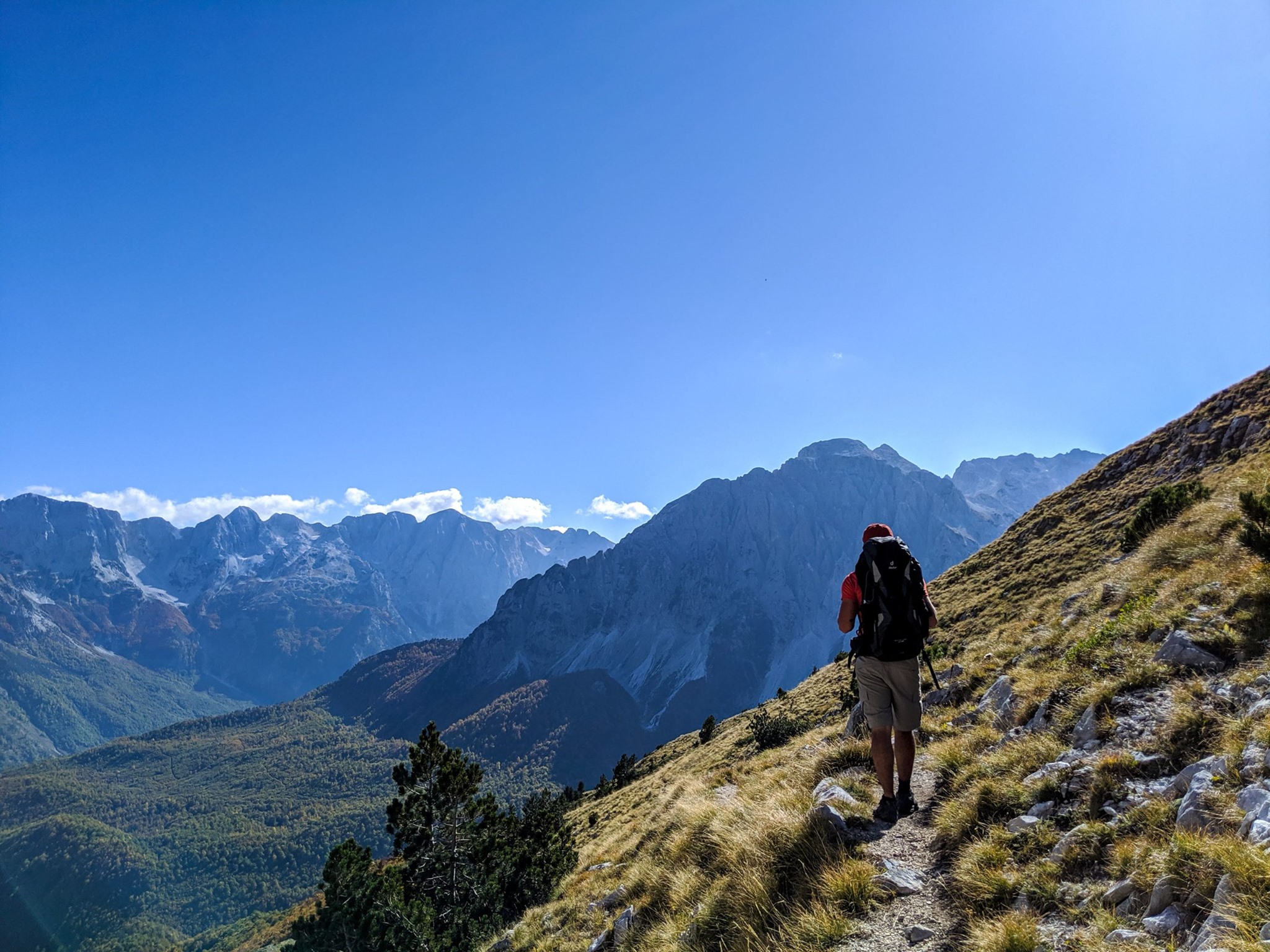
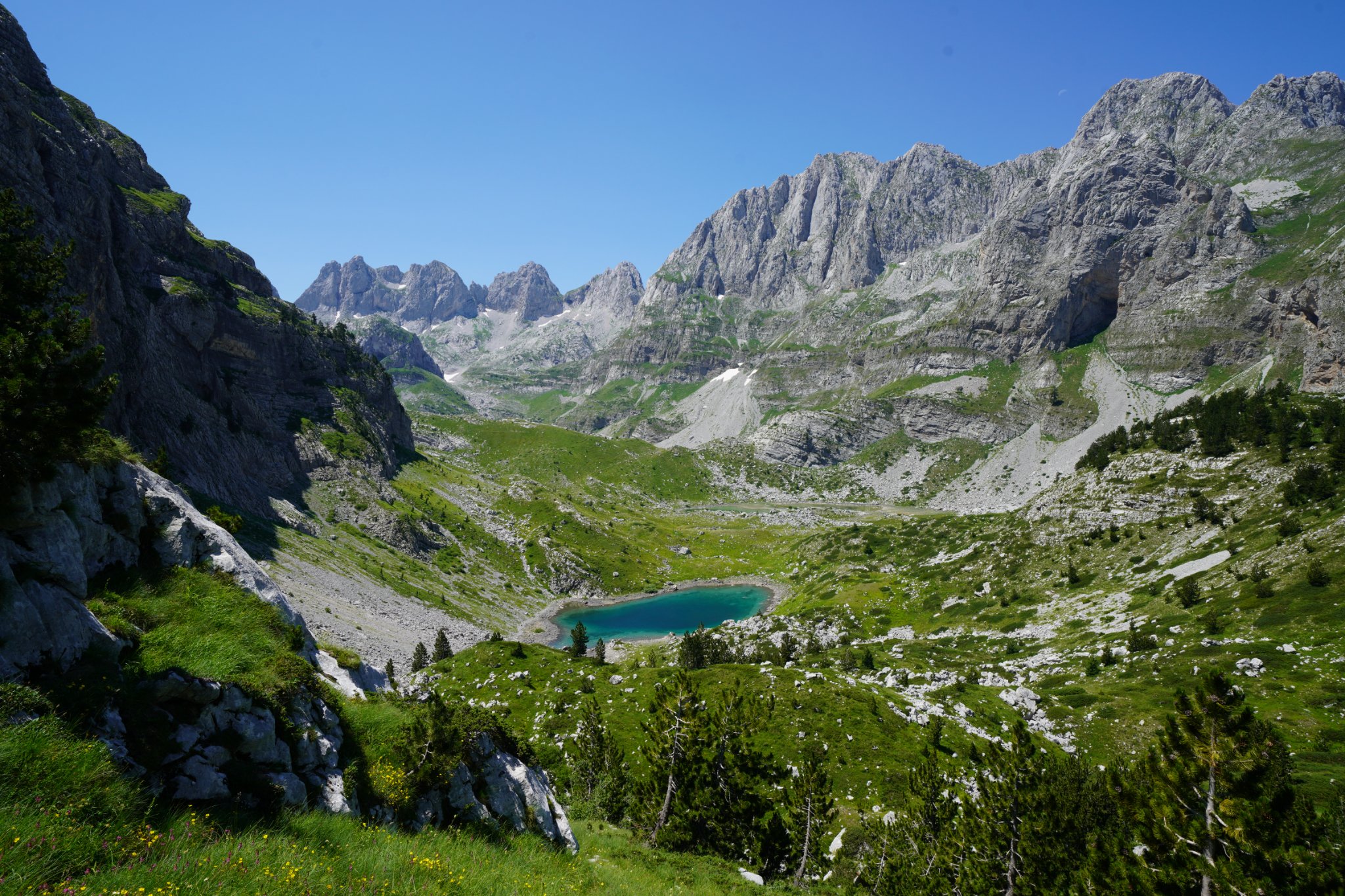
Those looking to explore this vibrant coast can choose from a variety of popular beaches, including Velipoja, Shëngjin, Durrës, Golem, Spille, Divjakë, and Vlorë, just to name a few.
Durrësi Beach, the largest and most visited in Albania, offers an exceptional experience with excellent cuisine. Spille Beach is a true paradise of nature, surrounded by pine trees. Golem, Mali i Robit and Currila Beach in Durrës are ideal for families and offer many tourist attractions.
Shëngjin Beach, located 8 km from Lezha, is an oasis of golden sand and warm sun, known for its natural beauty and delicious local cuisine. Rana e Hedhun in Shëngjin, a picturesque Adriatic beach, is surrounded by pine forests and offers a deep sense of freedom and connection with nature. Velipoja Beach, located approximately 30 kilometers from the town of Shkodra near the Montenegrin border, is the northernmost beach in Albania.
Vlora is a prime destination for Albanian tourism, offering beachgoers and divers alike a variety of natural attractions.
The Albanian Riviera offers a variety of stunning beaches, including Gjipe Beach, Dhërmiu Beach, Livadhi Beach, Lukova Beach, Pulëbardha Beach, Pasqyrat Beach, Palasa Beach, Jali Beach, and Borshi Beach.
Dhërmiu Beach, located on the Albanian coast, is known for its crystal-clear water and stunning scenery. Himara’s Livadhi Beach is renowned for its dark blue waters and olive groves. August is the peak season for Pasqyrat Beach, which is a hidden gem that tends to be crowded during the summer.
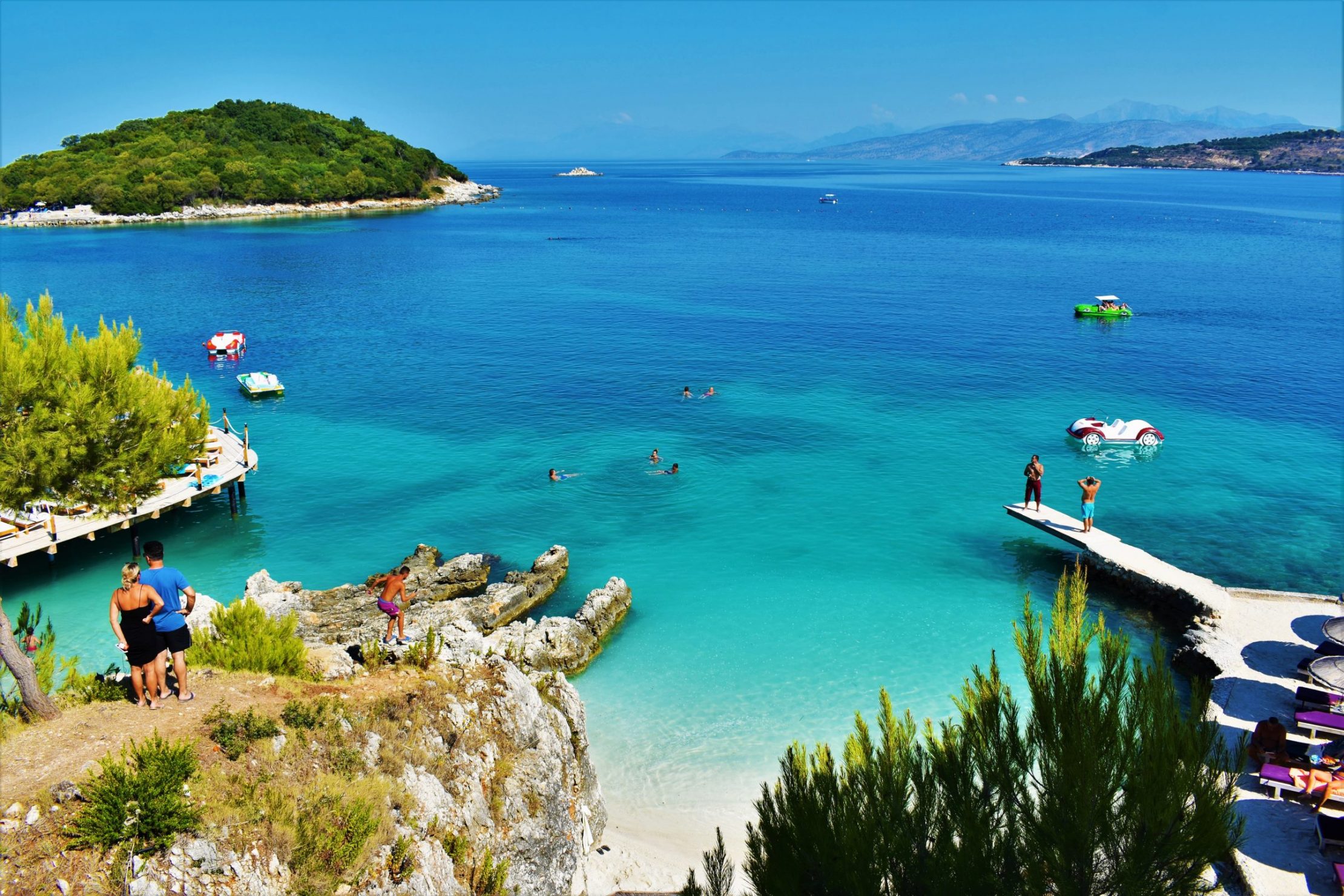

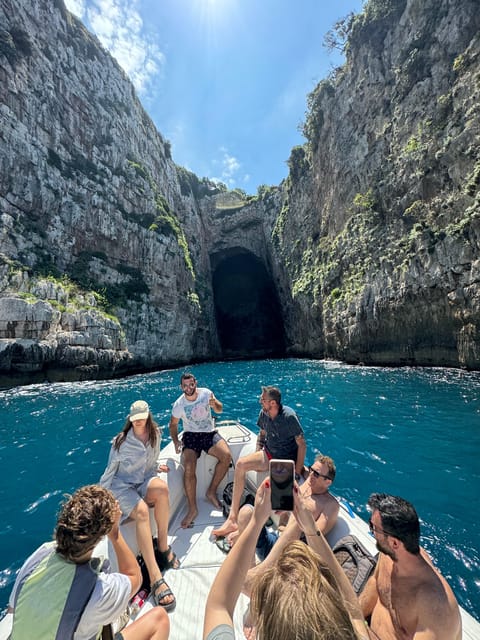
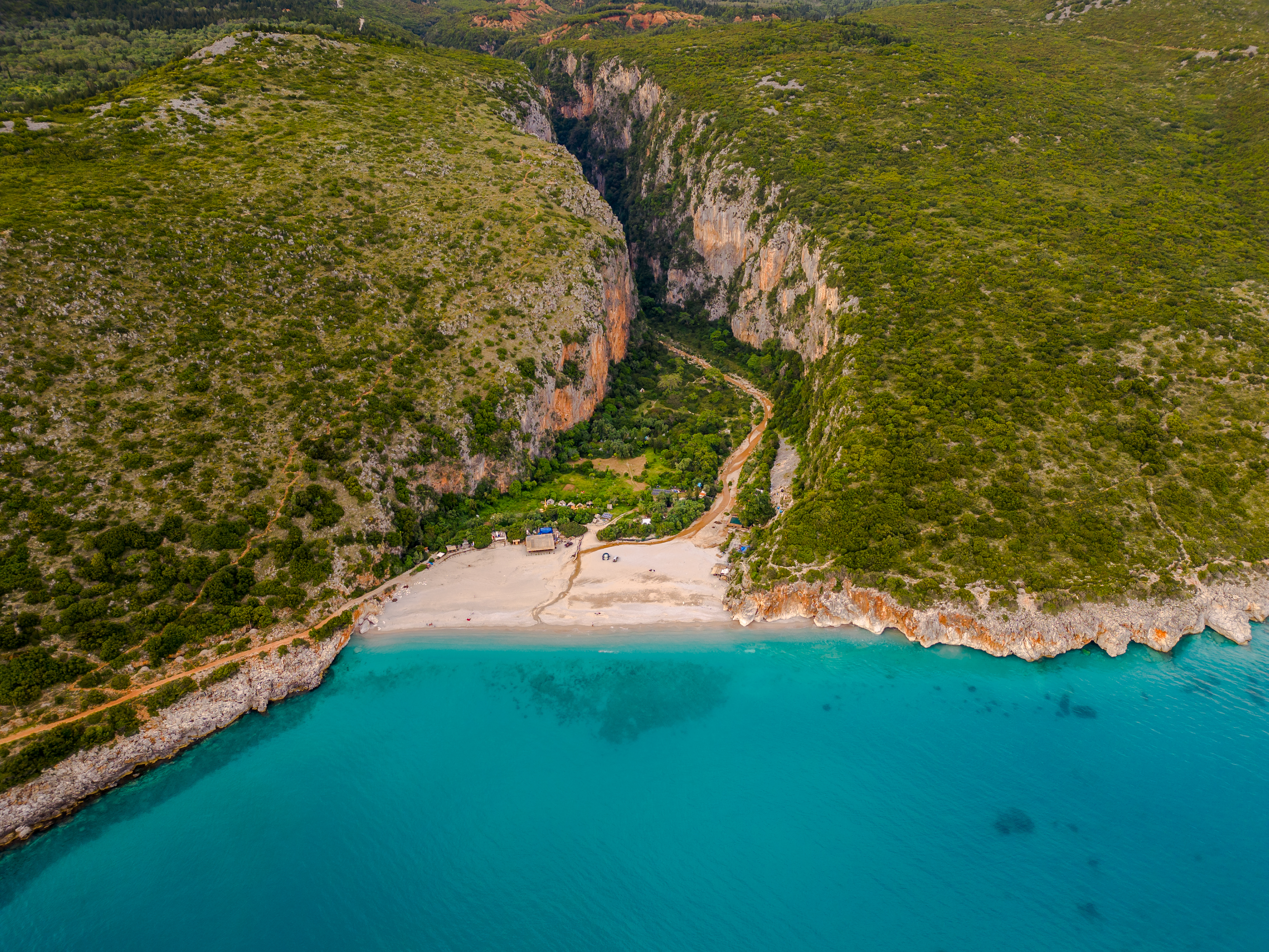
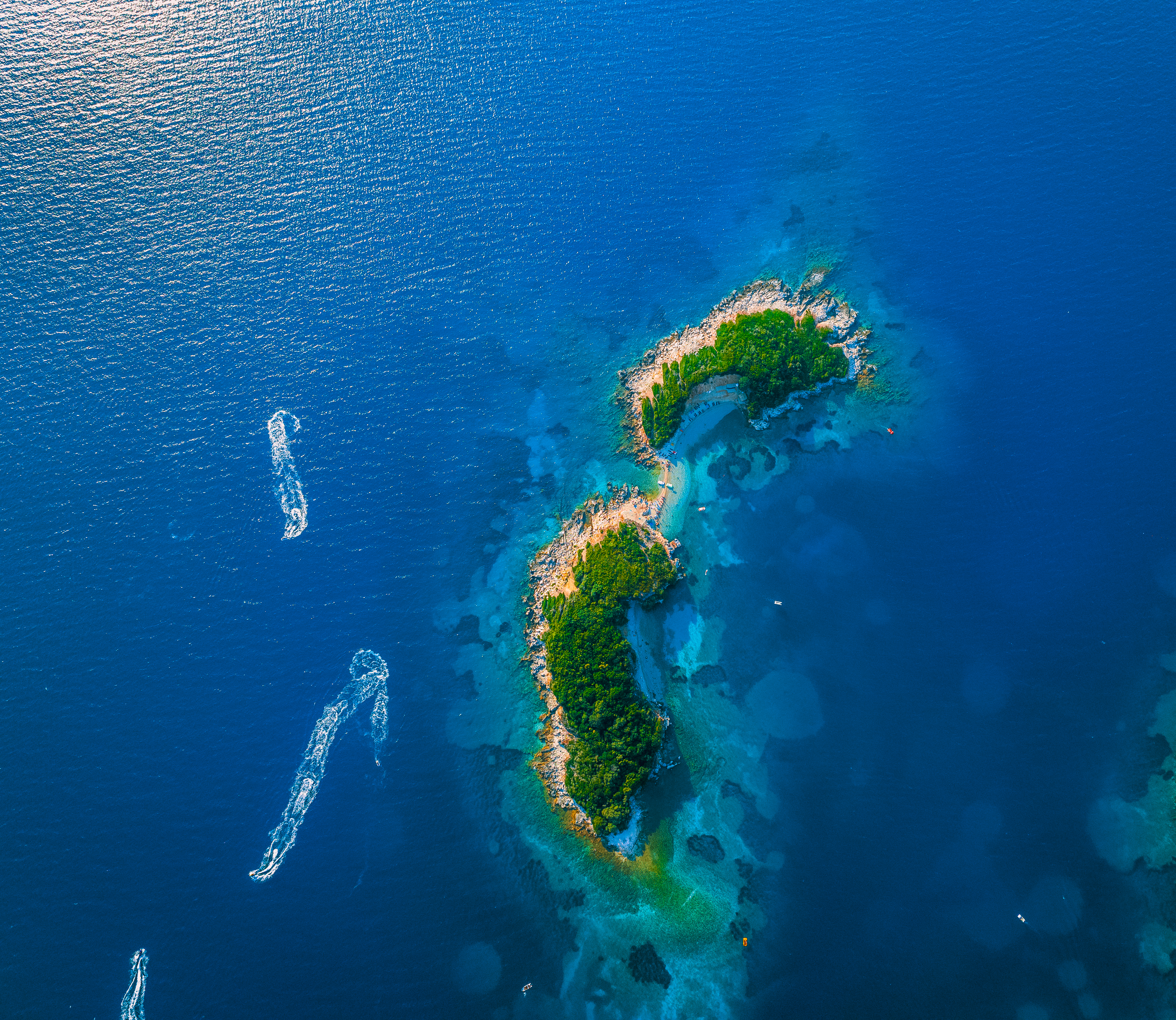
In 2023, the Vjosa River—Europe's last wild river—was declared a National Park, ensuring its protection for generations to come.
This is a monumental step in preserving its unique ecosystem and the biodiversity that thrives within it. The Vjosa is special because, unlike many other rivers in Europe, it remains largely untouched by dams and other human-made modifications. By making it a National Park, the Albanian government has committed to protecting this pristine river, which is home to various species of fish, birds, and other wildlife, as well as the natural beauty of its surrounding landscapes.
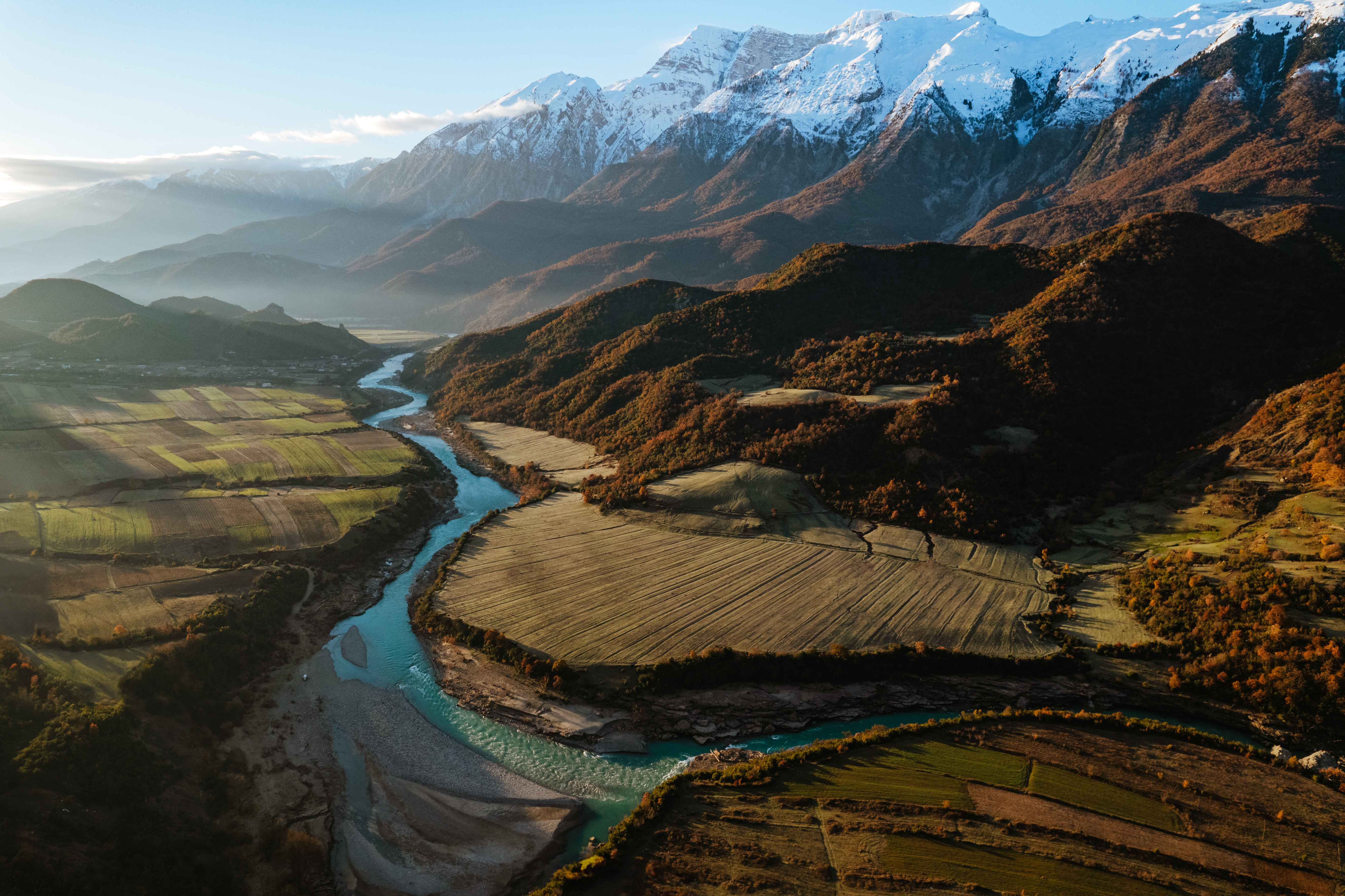
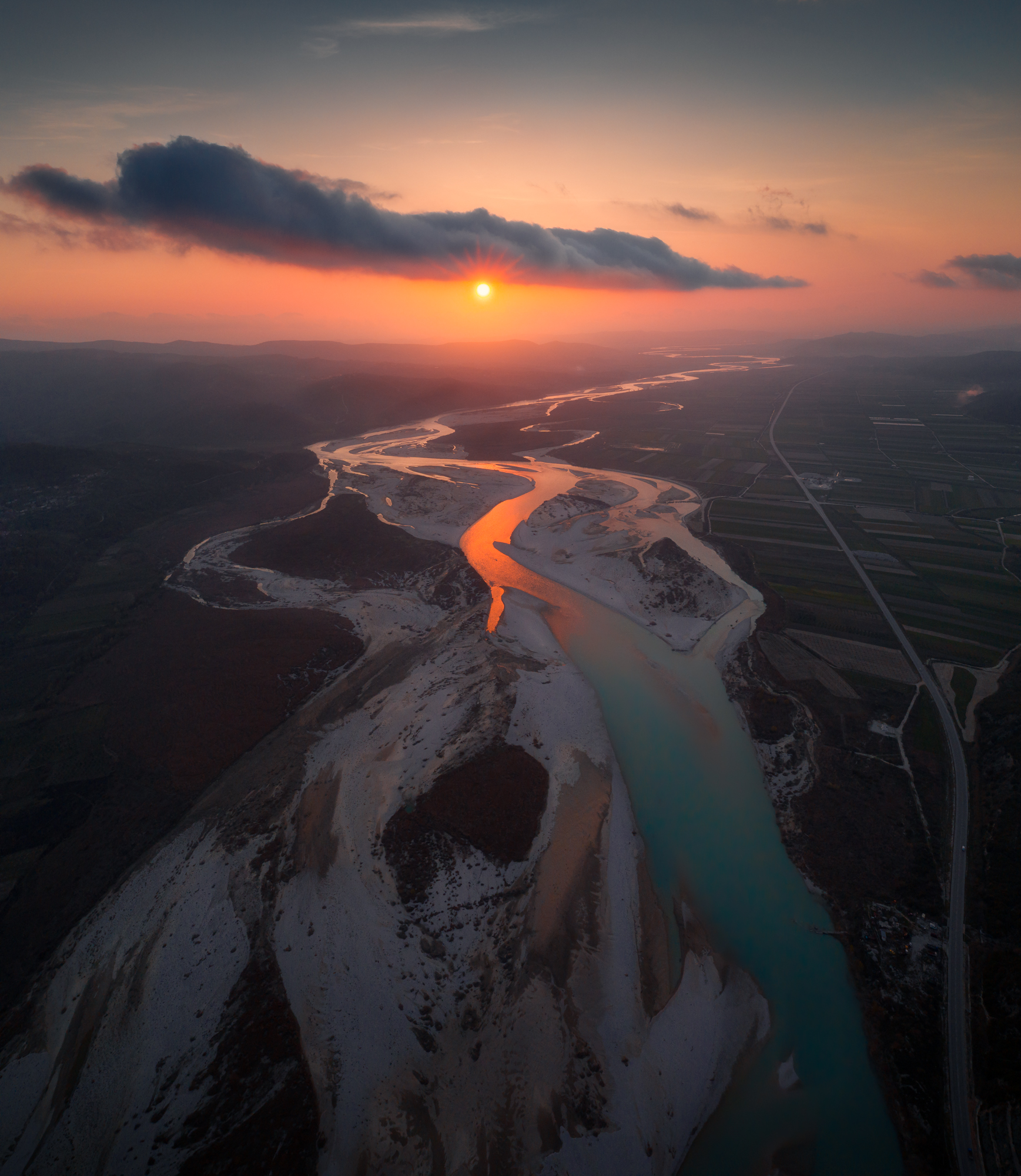
You can explore Albania in a single digital App – TEA ( Tourism Events of Albania).
The TEA application - the National Calendar of Tourism, Tradition, Culture, Arts, and Sports Events - which was downloaded by over 80 thousand of users just a short time after its first launch on June 2023, has now expanded its scope and transformed into a digital guide to Tourist Albania.
The updated TEA digital guide now offers a range of new services near the event location, making it easier for any tourist or visitor to discover Albania’s tourist destinations.
TEA, or The Digital Calendar of Tourism Events in Albania is an all-in-one tool that enhances travelers’ experiences. Whether you're a foreign visitor or a local, TEA is the only platform where you can discover cultural and local events and find essential services.
TEA provides detailed information on events, accommodations, and key services, enriching every visitor’s experience, supporting local businesses, and driving sustainable tourism throughout the whole year.
.jpg)
Albania increased from 3.6 million foreign tourists in 2014 - to 11.7 million ten years later, placing us first in Europe for international tourist flows recovery after pandemic.
According to a report published in January 2025 by the World Tourism Organization, Albania leads the global ranking of tourist destinations with the best performance, +80% for international tourist arrivals.
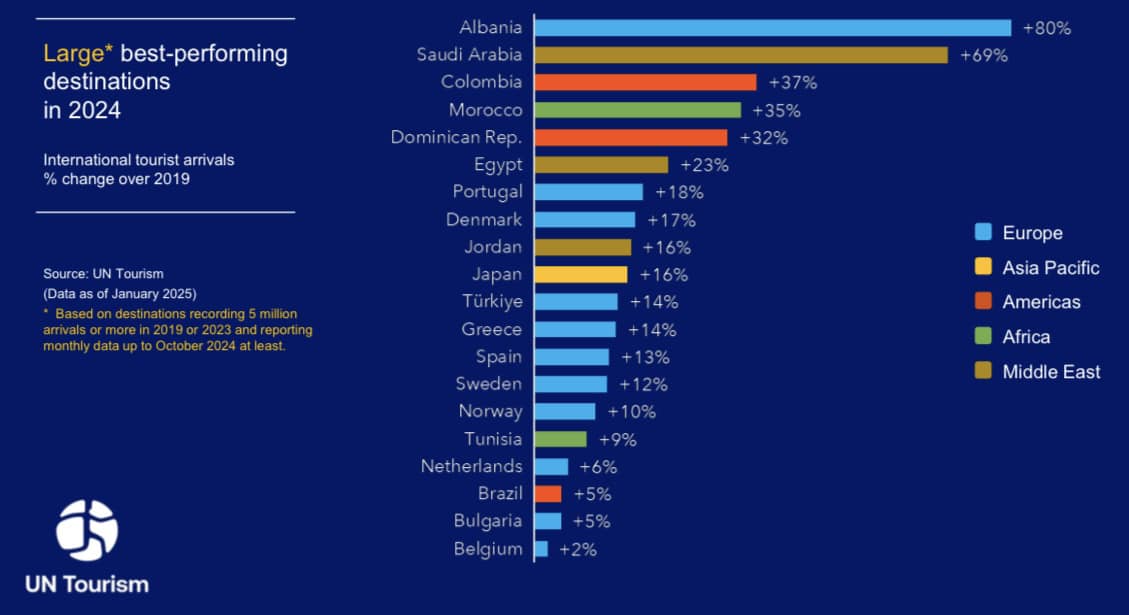
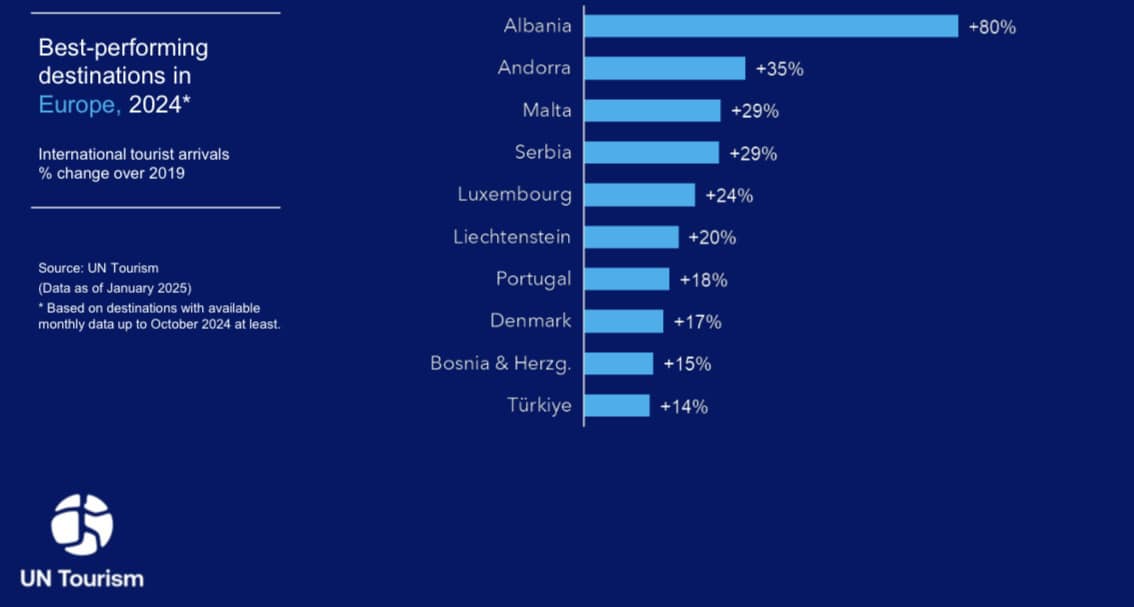
Once a little, unassuming structure with just two daily flights, the Tirana airport has grown to become a regional model, handling 10.7 million passengers in 2024. The demand for travel to Albania will be satisfied by the airports in Vlora and Gjirokastra, which offer easy access to popular tourist spots.
Thanks to the incentives of the Albanian government, Albania has transformed from a country where, just six years ago, there were no global hotel brands, to one that now hosts 11 international 4-5 star hotel brands - Melia, Accor, Hyatt, Hilton, Marriot, Intercontinental, Movenpick, Radisson, Rogner, Best Western Premier, and Maritim - along with over 40 high-end hotels that have been built or are currently under construction. Our key to success is the smart use of resources to develop sustainable tourism, with the goal of luring sustainable investments.
• Culture and Heritage
Tourism in Albania is a year-round enchantment, offering a diversity of attractions that captivate visitors throughout the entire calendar, owing to its picturesque landscapes, vibrant cultural legacy, and inviting Mediterranean climate. While the summer period, stretching from June to September, is especially popular for those seeking sun-soaked beach escapes, Albania also delivers remarkable adventures for tourists in every season.
Albania is home to several UNESCO World Heritage Sites, including: Butrint, a fascinating ancient city in Saranda, along with the historic towns of Gjirokastra and Berat. Butrint has been recognized by UNESCO since 1992 and is part of the RAMSAR Convention.
Gjirokastra, often referred to as “the Stone City,” boasts distinct architectural features, particularly its iconic high stone houses. The city is overlooked by Gjirokastër Fortress, where the Gjirokastër National Folk Festival is held every five years. It is the birthplace of Ismail Kadare, the genius of Albanian letters.
Meanwhile, Berat, one of Albania’s oldest cities, is a cherished repository of national history and culture. Berat, designated a UNESCO World Heritage Site in 2008, comprises a unique style of architecture with influences from several civilizations that have managed to coexist for centuries throughout the history. Berat Castle is strategically located on a rocky hill on the right bank of the river Osum. This historic site is still inhabited today.
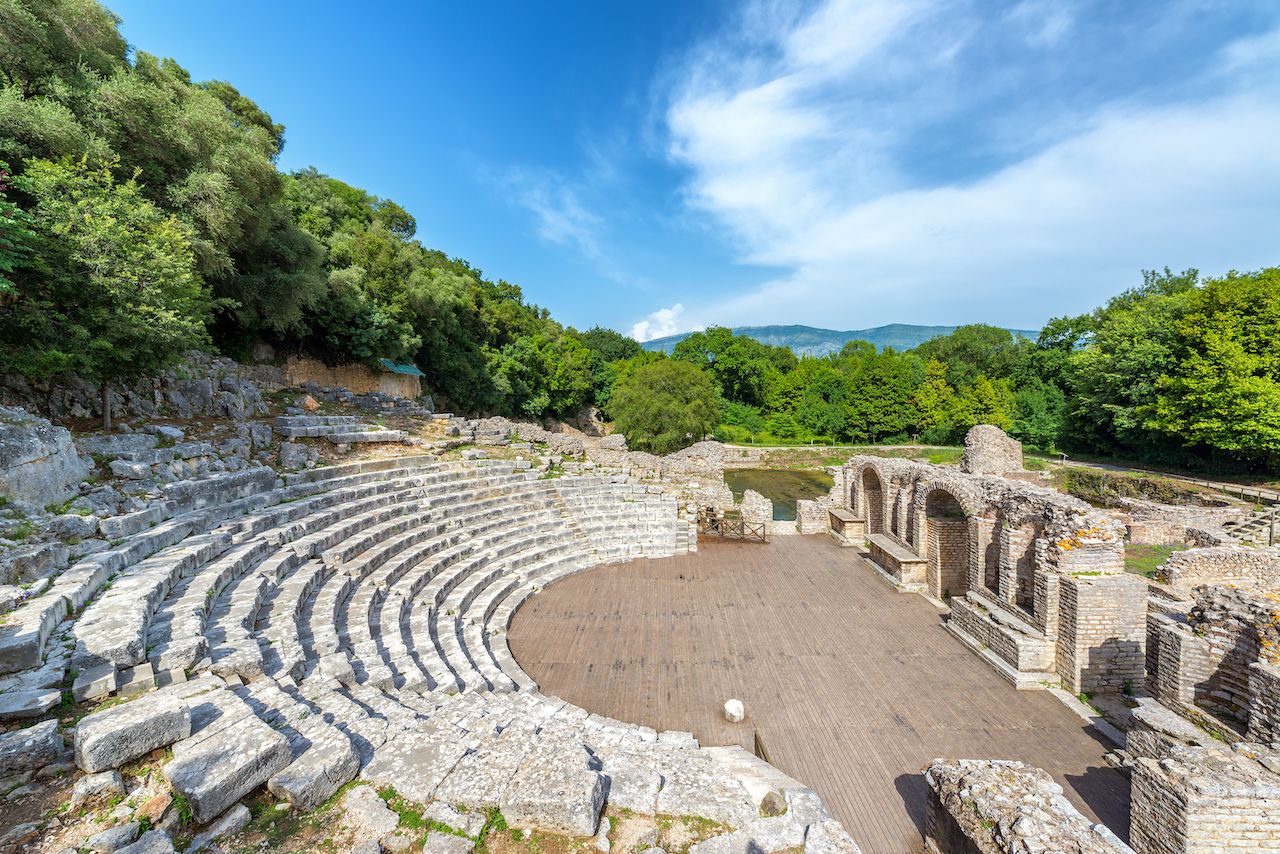

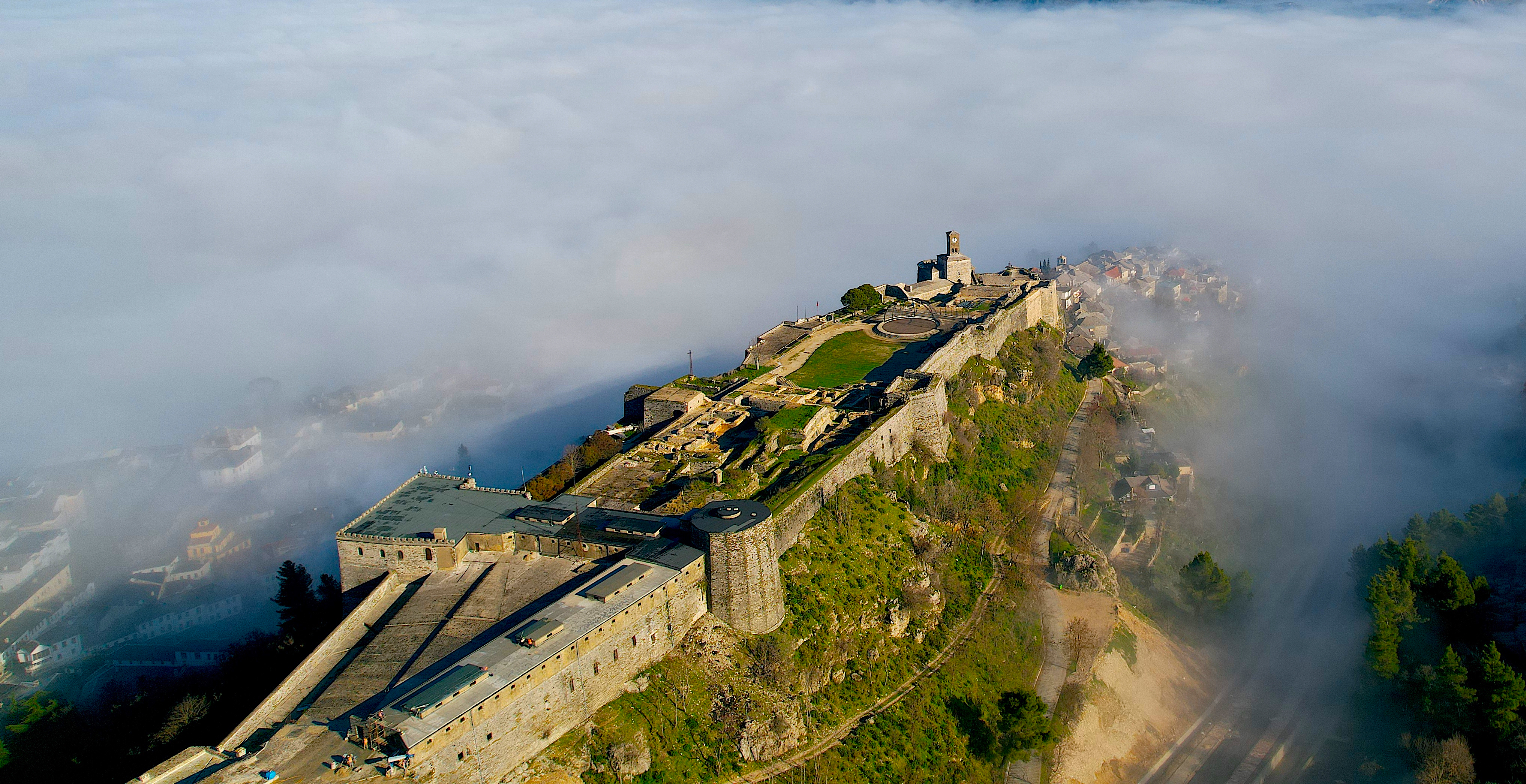
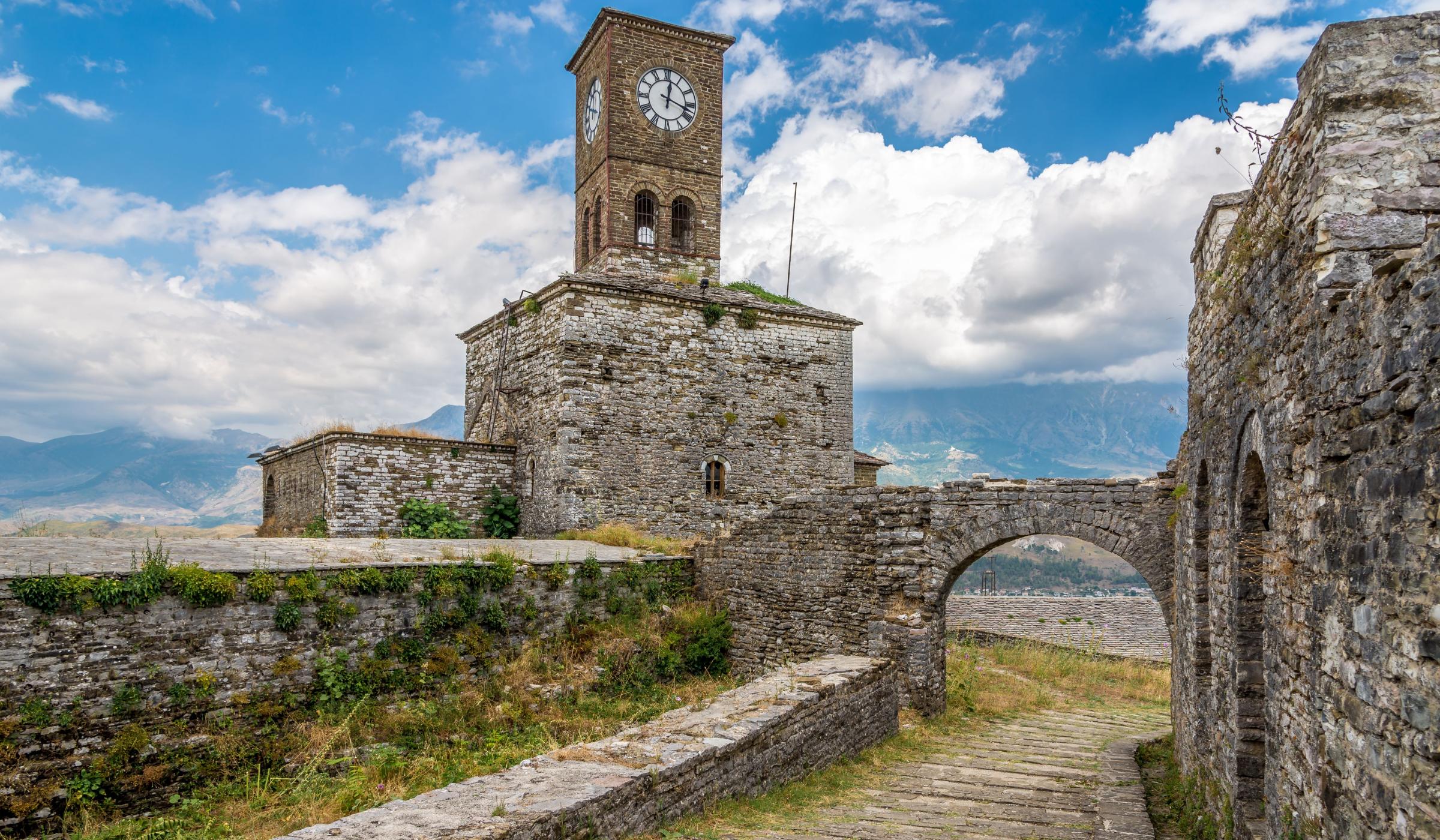
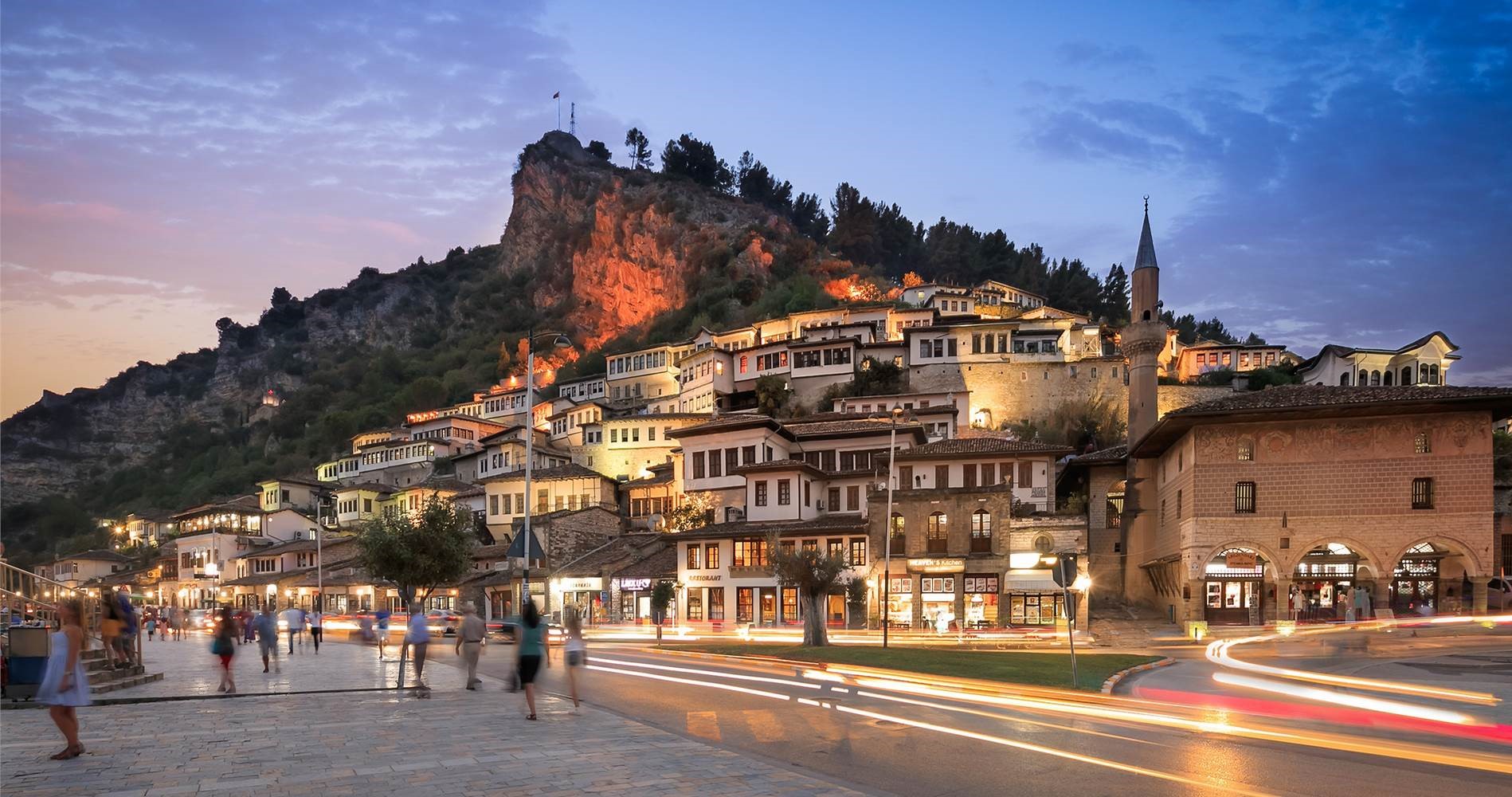
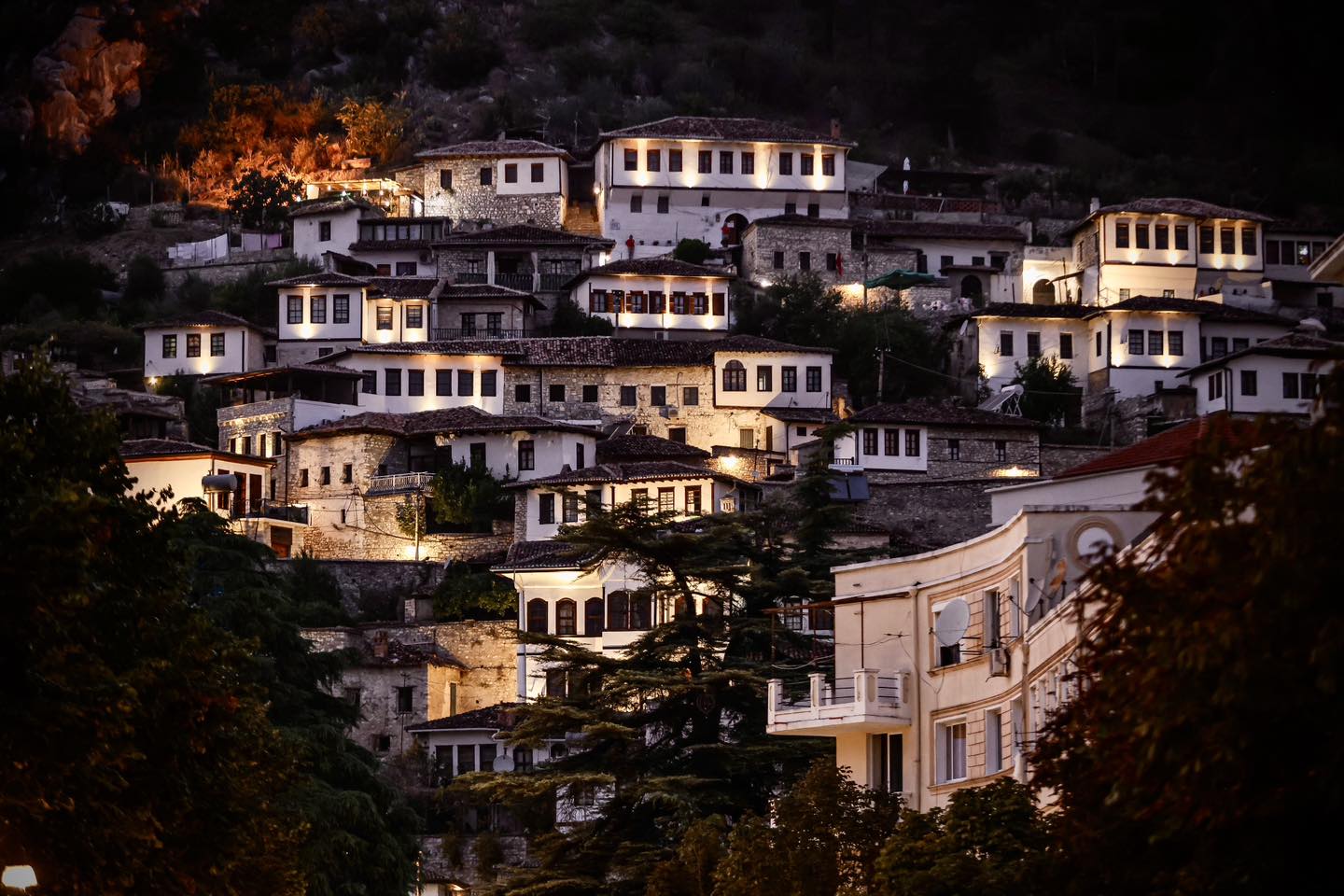
Archaeological sites in Albania are truly fascinating and hold great historical importance.
Butrint
Butrint is one of the most remarkable and significant archaeological sites in Albania, recognized as a UNESCO World Heritage Site due to its extraordinary historical and cultural value. Located near the Ionian Sea in the south of Albania, Butrint was a key city in both the ancient Greek and Roman worlds, with a rich history spanning over 2,500 years.
Antigoneia
Located near the city of Gjirokastër, Antigoneia was founded in the 3rd century BC by King Pyrrhus of Epirus. It played an important role during the Hellenistic period and features well-preserved ruins, including a theater, temples, and a city wall.
Amantia
Situated in the southwestern part of the country, Amantia was an ancient Illyrian city that became a significant Roman settlement. The site is known for its impressive city walls, a large theater, and the remains of a large public bath.
Apollonia
This ancient Greek city, near Fier, was founded in the 6th century BC and became an important cultural and commercial center. The site includes a well-preserved theater, a temple, and the remains of several public buildings.
Bylis
Bylis, located near the city of Mallakastra, is another important ancient city with notable ruins. The site includes well-preserved city walls, a theater, and an agora. It was an important center during the Hellenistic period and later under Roman rule.
Finiq
Located in the south of Albania, Finiq was an ancient city that flourished during the Hellenistic and Roman periods.
Orikum
Situated along Albania's coastline, Orikum was a key port town in the ancient world. Its location makes it an important archaeological and historical site for understanding the role of trade and military strategy in ancient times.
Durres
The Amphitheater of Durres (or Amfiteatri i Durresit) is one of Albania's most significant and well-preserved ancient monuments. Located in the city of Durres, which is Albania's second-largest city and a major port on the Adriatic coast, this amphitheater dates back to the 2nd century AD, during the Roman period.
These archaeological parks reflect Albania's rich cultural heritage, showcasing the influence of diverse civilizations throughout history.
Urban Tourism
The cities of Tirana, Shkodra, and Durrës offer diverse urban tourism experiences year-round.
Vlora boasts a rich history, and its Lungomare promenade allows visitors to explore nearby attractions like the Muradie Mosque, Independence Square, and Vlora National Museum. In Shkodra, the impressive Rozafa Castle and scenic Lake Shkodra are must-see destinations. Durrës beckons with its Roman amphitheater and lively beach promenade. Korça, a cultural center, is known for its museums, monasteries, and picturesque landscapes.
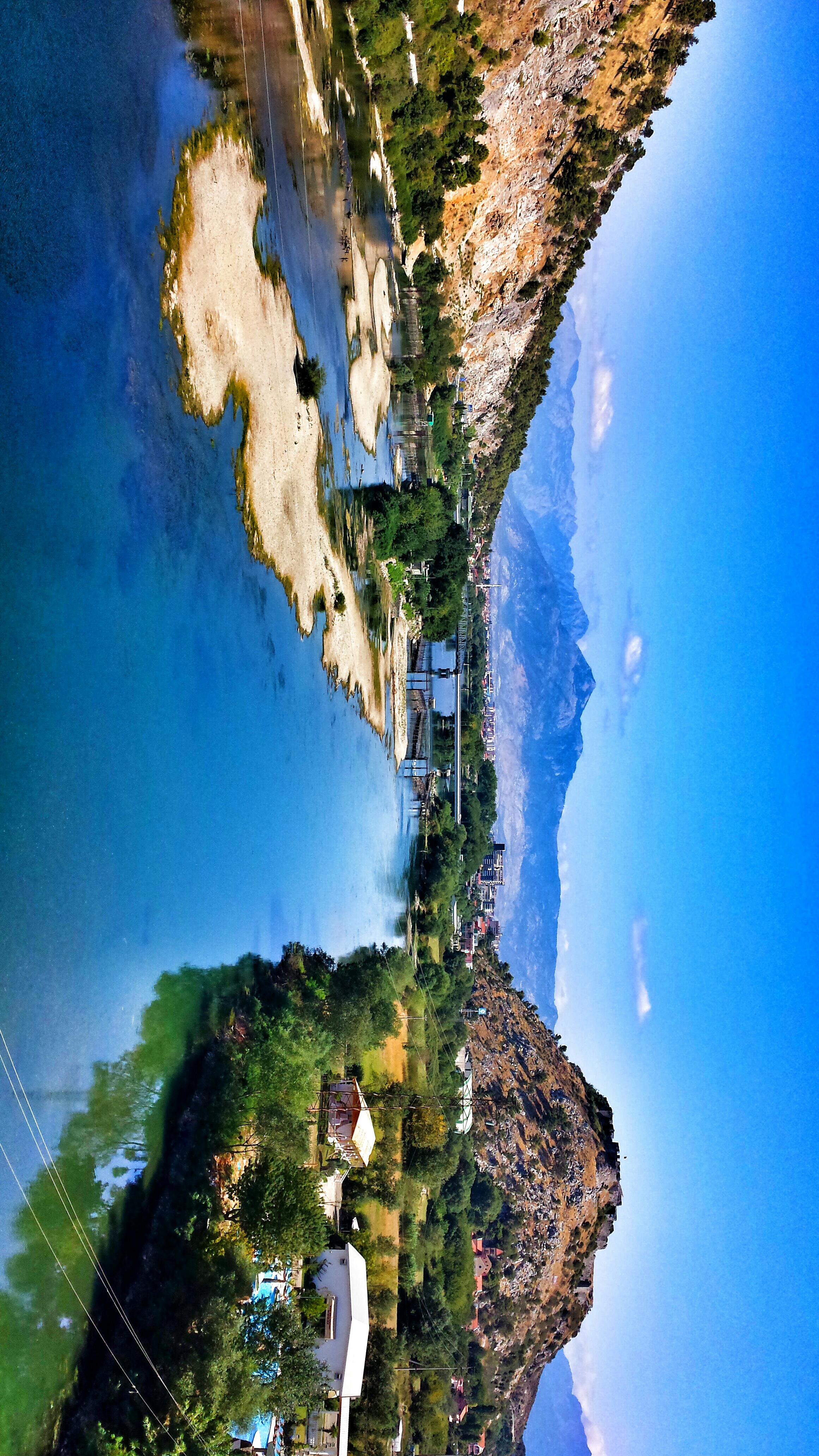
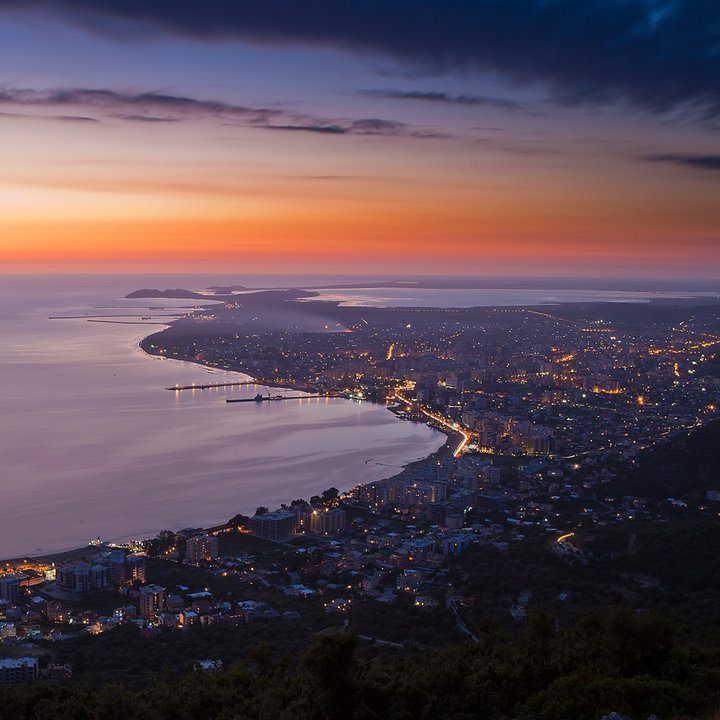
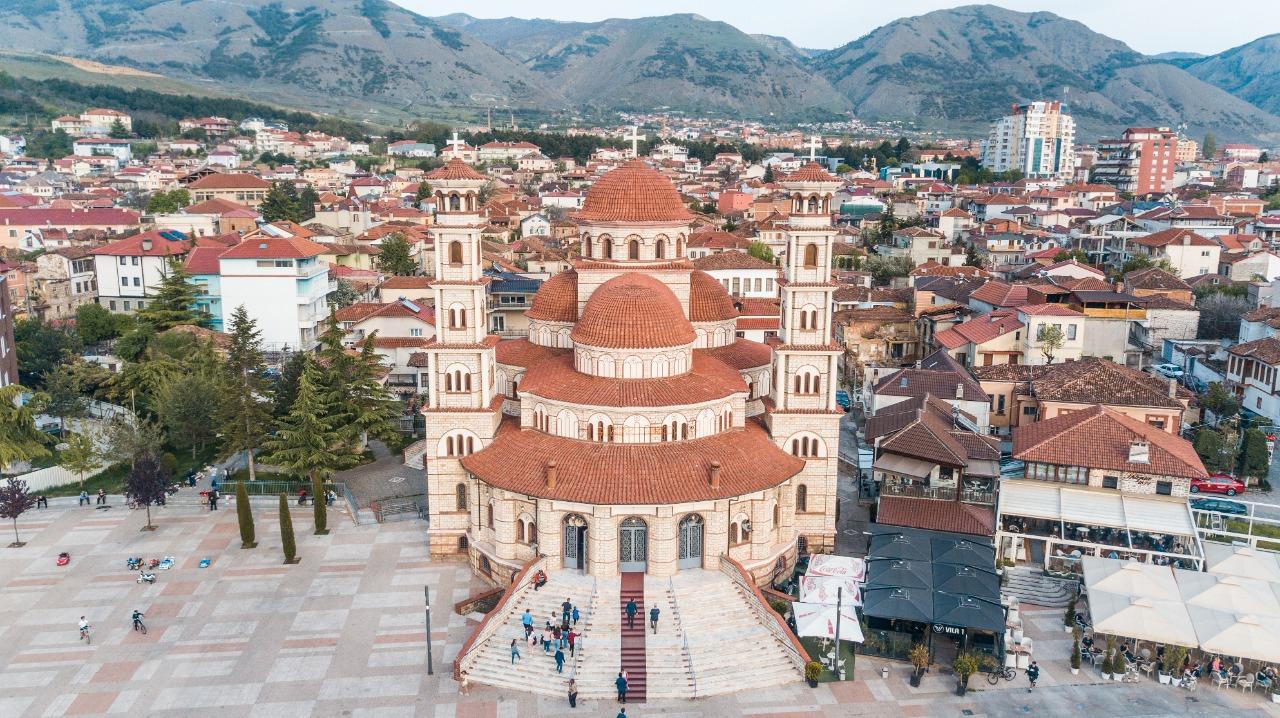
UNESCO Heritage
The Gashi River is one of Albania’s two UNESCO-listed natural reserves, spanning 3,000 hectares within Valbona National Park in the Albanian Alps.
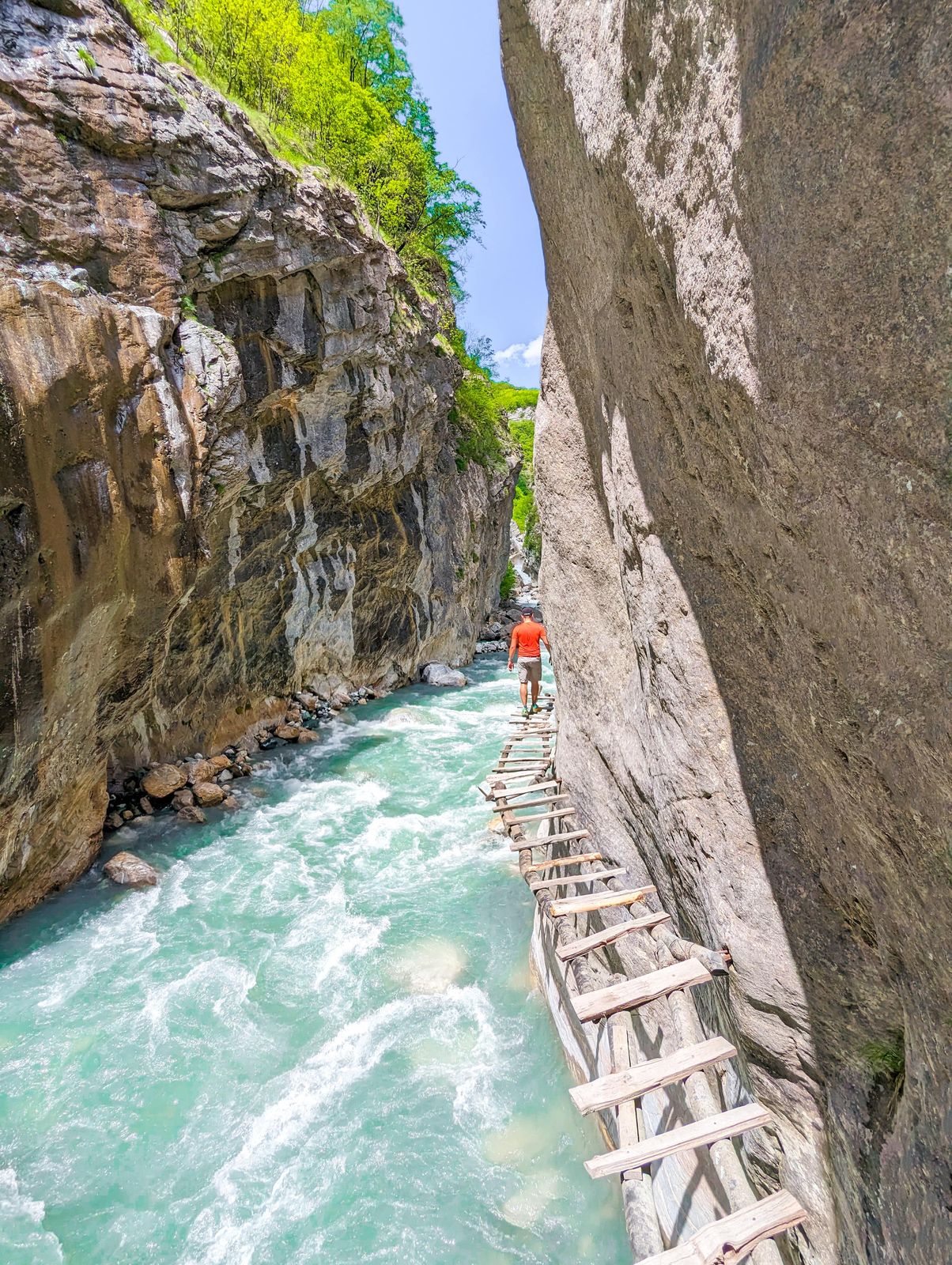
In Northern Albania, the Xhubleta, a traditional handmade dress with a wavy, bell-like shape, represents highland women’s cultural heritage. Albanian ISO-polyphony, recognized by UNESCO in 2005, is a unique vocal tradition, while the “K’cimi Dancing of Tropojë” was recently added to UNESCO’s Intangible Cultural Heritage list.


